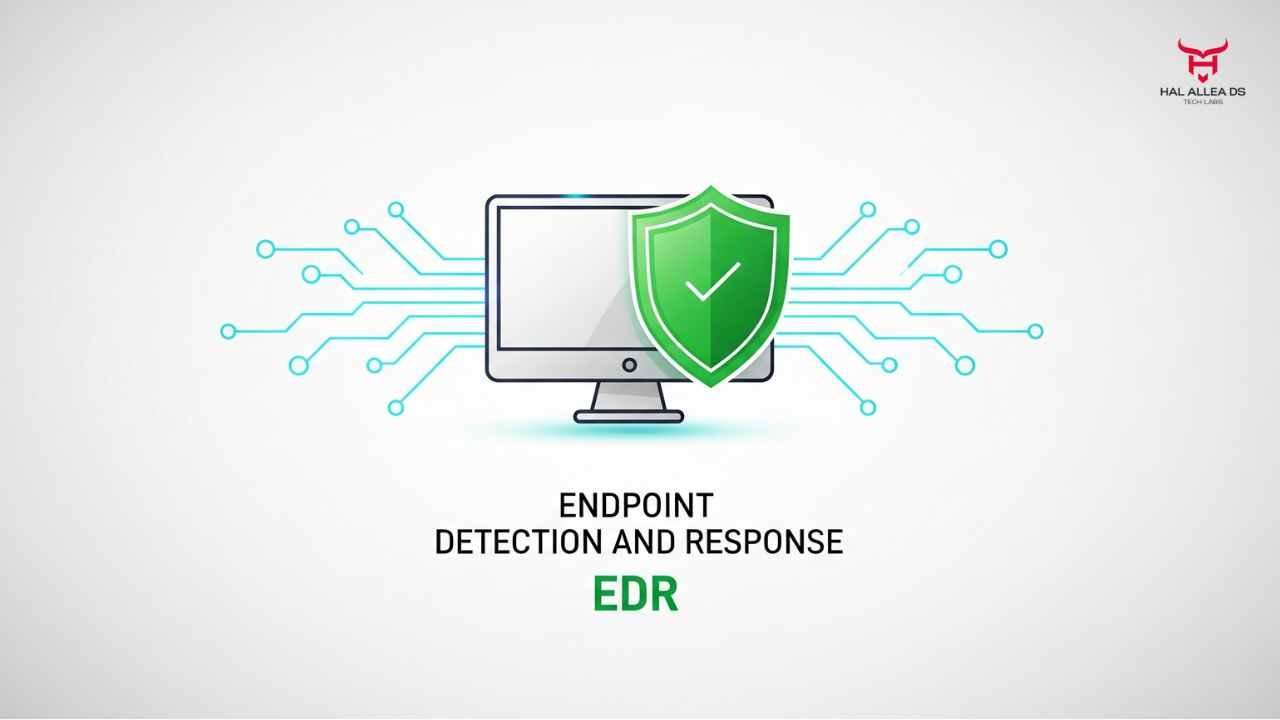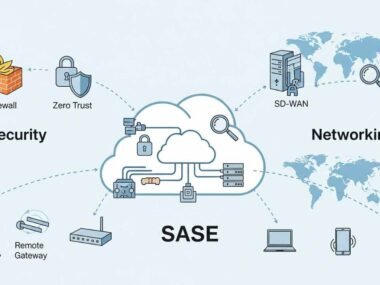In 2024, Gartner projected that 60% of organizations will embrace Zero-Trust as a starting point for security strategy by 2026, up from barely 10% in 2020. The surge isn’t driven by fancy marketing slides—it’s powered by a relentless rise in breaches and a global cybercrime bill that, according to Cybersecurity Ventures, is set to hit $10.5 trillion annually by 2025. The phrase “Zero-Trust” went from buzzword to boardroom mandate in a handful of years.
Here’s the rub: implementing it isn’t as simple as flipping a switch. The movement has been aggressively championed by Microsoft—whose Entra product suite and conditional access tools position it as the de facto leader in Zero-Trust frameworks. But its dominance raises real questions: Can one vendor truly own “trust nothing, verify everything”? And what happens to enterprises forced into this pivot amid licensing hikes and mounting regulations?
This isn’t just a tech architecture story. It touches CISOs facing sleepless nights, CFOs balancing ballooning security spend, and investors watching Microsoft’s stock power forward with one of the most lucrative narratives in tech.
The Data: Crunching the Cost of Trust
The push for Zero-Trust didn’t emerge from a vacuum. It’s a response to failure. Perimeter security models—firewalls and VPNs—collapsed under remote work, SaaS sprawl, and insider risk. Let’s break down a few numbers.
- Verizon’s 2024 Data Breach Investigations Report revealed that 74% of all breaches involve the human element—including stolen credentials or phishing that bypass traditional perimeter defenses. That stat alone is Zero-Trust’s entire elevator pitch.
- The average enterprise breach cost hit $4.45 million in 2023 (IBM), a 15% rise in just three years. Companies with mature Zero-Trust deployments reportedly cut breach costs by 43%.
- According to Microsoft’s earnings reports, security revenue alone exceeded $20 billion in FY2022 and is pacing toward $30 billion by 2025—a staggering reflection of market capture driven by Zero-Trust-aligned services.
On paper, the math looks obvious. Spend more upfront on Zero-Trust, avoid catastrophic breach costs later. But markets aren’t math equations. They’re psychology and trade‑offs. Some CISOs grumble privately about being locked into Microsoft or Palo Alto ecosystems, where “Zero-Trust” doubles as a billable license upgrade.
As one former CISO from a Fortune 100 bank told me bluntly: “Zero-Trust is less a framework and more a tax levied by vendors who already had your Active Directory.”
The People: Executives, Skeptics, and Disrupters
Zero-Trust evangelists like Microsoft’s VP of Security Charlie Bell paint it as inevitable—comparing its adoption to moving from cash to credit cards. “You may not like the initial inconvenience, but it becomes impossible to imagine security without it,” Bell argued in an interview earlier this year.
But not everyone’s buying the corporate gloss. Gartner analyst Andrew Hewitt pointed out that most enterprises confuse tools with frameworks: “A product is not a Zero-Trust strategy. Vendors sell convenience, but the hard work is cultural and architectural.”
Even regulators have jumped in. The U.S. government’s 2021 Executive Order mandated federal agencies shift to Zero-Trust by 2024. Agencies scrambled, often outsourcing to you guessed it Microsoft Azure and security partners. The mandate gave vendors guaranteed government spend while setting a precedent for enterprise IT teams: if Washington must do it, so must we.
Then there are the CISOs in the trenches. One retail CISO (who asked not to be named for obvious reasons) described their journey: “We thought we were halfway to Zero-Trust when we deployed MFA and conditional access. But turning off implicit VPN trust broke everything—from supplier logins to our legacy ERP system. What they don’t tell you is how political the fight gets inside a business. Every team says they want security, but no one wants their workflow slowed down.”
It’s a human story as much as a tech one: pushing Zero-Trust means retraining employees, frustrating executives impatient with login prompts, and navigating consulting firms that sometimes profit more from complexity than simplification.
The Fallout: Markets, Risk, and the Long Tail
Here’s where it gets thorny. Zero-Trust adoption has macro‑economic impact—not just IT headaches.
- The Licensing Burn: Microsoft recently hiked enterprise pricing on security bundles, with many CISOs reporting 10–15% cost escalations per year tied to Entra ID upgrades, conditional access policy enforcement, and advanced auditing tools. For smaller firms, the costs often rival breach damages.
- Investor Sentiment: Microsoft’s stock has been buoyed by its narrative that security spend is “non‑discretionary.” Wall Street views Zero-Trust as a fortune-printing machine. But investors have short memories. If enterprises start revolting—or if a high‑profile breach occurs despite a full “Zero-Trust” stack—the shine dims.
- The Fragmented Market: Palo Alto, Zscaler, Okta, and Cisco are all biting for the crown, flogging their own “Zero-Trust platforms.” This leads to overlapping purchases and duplication of cost that CFOs will eventually question. The insider joke among IT auditors? “Your Zero-Trust stack just turned into four redundant firewalls dressed up as SaaS.”
- The Human Drain: The talent gap is brutal. According to (ISC), the global cybersecurity workforce shortage still sits at over 3.5 million professionals. Translation? Even if you buy the right tools, you may not have the people to architect and monitor a real Zero-Trust system.
This leaves enterprises in a classic squeeze: pay more for vendor‑driven Zero-Trust, or risk multi million-dollar breach headlines. It’s not a choice between good and bad—it’s a choice between bad and worse.
Closing Thought
The Zero-Trust wave is real, powerful, and absolutely necessary in a hybrid world. But, like every corporate “must-have,” it’s riddled with spin, inflated licensing, and compliance pressure that conveniently benefits a few superstar vendors—Microsoft foremost among them.
For CISOs, the guidebook isn’t about whether to implement Zero-Trust. That debate has sailed. The question now is whether you can do so on your terms—or if your hand will be forced by government mandates, vendor lock-in, or another breach waiting to be your name in tomorrow’s headlines.
And here’s the provocation: if a Fortune 500 company suffers a $1 billion breach next year despite a “Zero-Trust certified” environment, will the entire security industry have to admit it built a castle of sand?












